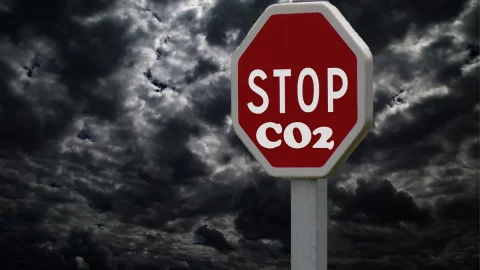I'm in November increased electricity consumption Italians. This was established by Terna's surveys which highlighted how, compared to the same month in 2020, the country's average requirement grew by 3,8%, reaching 26,4 billion kWh in November.
Grows by 2,9% the IMCEI index, which examines and monitors the industrial consumption of about a thousand "energy-intensive" customers connected to the national electricity transmission grid, driven by the steel, food and mechanical sectors. At a territorial level, in November the Center recorded the greatest increase, with an increase in consumption of 4,5%, followed by the South with an increase of 4,4%, and finally by the North, with a growth of 3,3%. Comparing the first 11 months of 2020 and 2021, the latter recorded a development of the average electricity consumption in the country, equal to 5,6% more.
In November, the demand for electricity in Italy was met at 93% autonomously, using national production while for the remaining 7% recourse was made to the balance of energy exchanged with foreign countries.
The increase in costs for raw materials related to the electricity sector has led to therising cost of electricity and a change in the entire European market, causing some countries, such as France, to find themselves unable to autonomously meet the country's electricity needs. For this reason, in November, Italy exported large quantities of electricity to northern European countries, and thus recorded hourly peaks of over 2000 MWh in some hours of the day, a figure in sharp contrast with respect to the months of November of 2019 and 2020.
Le renewables they supported 28% of the Italian monthly demand, highlighting the growth of wind and thermoelectric production sources, +63% and +21% respectively. On the other hand, photovoltaic (-21,9%), hydroelectric (-16,3%) and geothermal (-3%) sources decreased.





